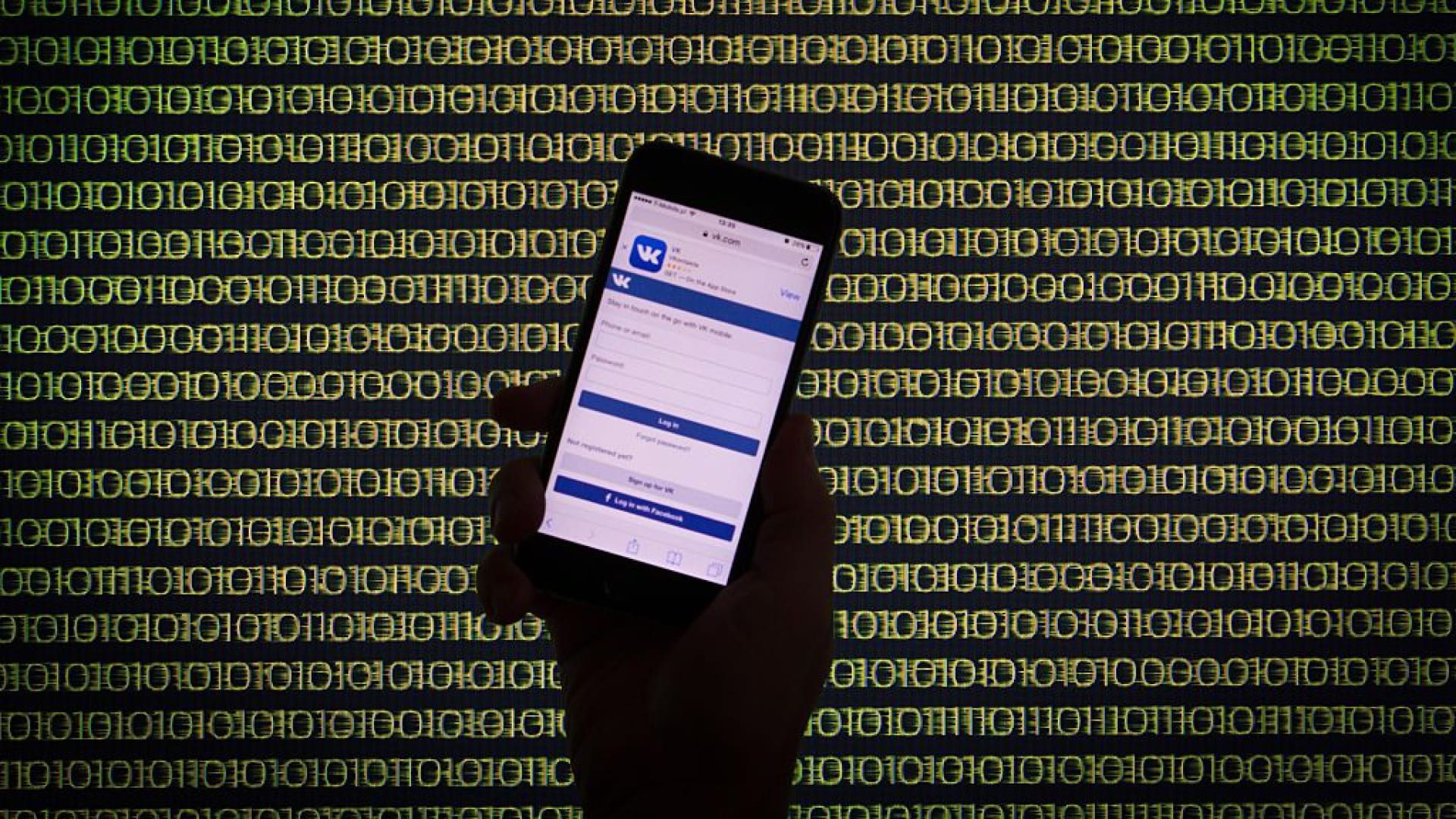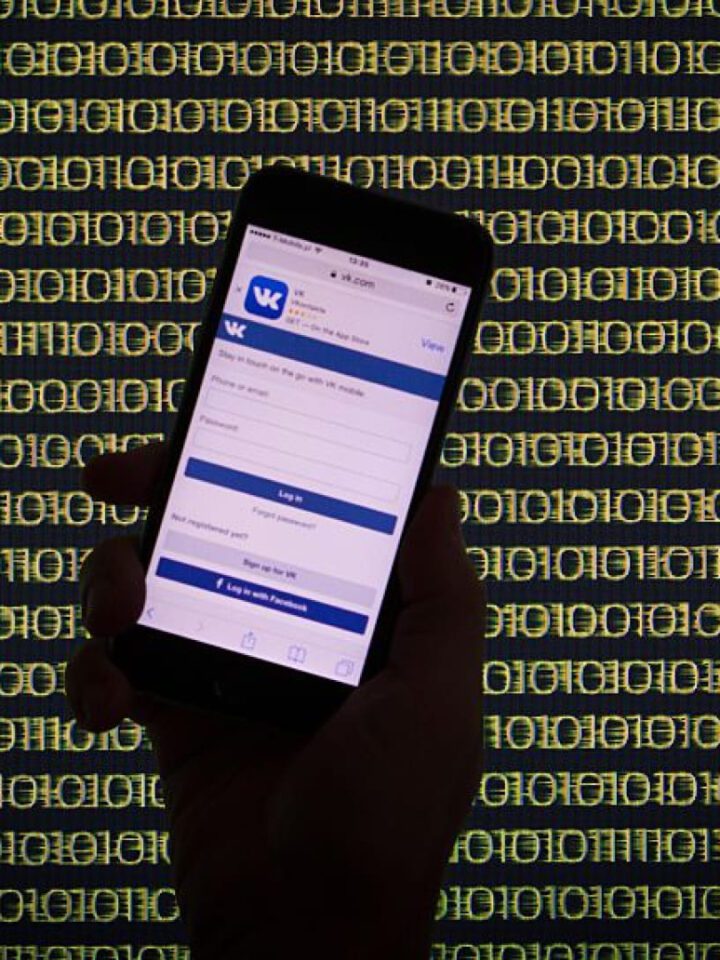On 22 July, the Russian State Duma passed a law which prohibits not only distributing but also searching for and accessing so-called ‘extremist materials’ – the first ban in modern Russia not only on disseminating but on consuming content. This marks another step toward consolidating state control over the digital environment, in which the Kremlin combines China’s model of technological isolation with Belarus’s tactics of intimidation. Amid war and authoritarian consolidation, the goal is clear: to establish maximum control over the flow of information, restrict access to independent sources, and coerce the public into self-censorship.
These regulatory measures undermine more than just political freedom. They fragment the information space and disrupt social connectivity even in politically neutral areas, to the detriment of education, the economy, and both professional and personal communication.
Following the path of the ‘Great Firewall’
In gradually building a model of digital isolationism, Russia is following a trajectory similar to China’s. Under the banner of ‘digital sovereignty’, the state has expanded its control over the internet, blocking foreign platforms, promoting domestic alternatives, demanding data localisation, and broadening the legal basis for censorship.
As in China, core elements of this transformation include technical traffic filtering, the development of a ‘sovereign’ digital infrastructure, pressure on independent media, and the introduction of user de-anonymisation mechanisms. The ideological basis for this project is the concept of the internet as a threat to state sovereignty and a tool of foreign influence that must be countered.
However, unlike China, which built its autonomous digital ecosystem from scratch as part of a long-term strategy, Russia’s actions are reactive and follow decades of deep integration into the global internet. This makes import substitution far more difficult: entrenched user habits, established communication channels, and widespread reliance on Western technology – including in government, education, and business – present serious social and economic obstacles to any attempt to shift towards a closed digital model.
Russia also faces constraints in terms of technical capacity – for instance, the limited deployment of Deep Packet Inspection (DPI) technology, which underpins China’s ‘Great Firewall’ – and its IT sector remains dependent on foreign software and infrastructure.
As a result, the Russian model of digital isolation remains fragmented and reactive. Instead of a cohesive strategy, it consists of ad hoc restrictions imposed in response to immediate needs or external pressures.
Fragmented control: how Russian digital policy is taking shape
Russia’s first steps towards asserting control over the internet began in 2012, following mass protests triggered by Vladimir Putin’s return to the presidency. The process culminated in the adoption of the 2019 ‘sovereign internet’ law. It called for the creation of technical infrastructure to ensure that Russia’s segment of the internet could operate independently if disconnected from the global network.
Until 2022, this law was largely unenforced. But with the launch of the war in Ukraine, the state began actively implementing a policy of digital isolation, signalling the transition to extensive control of the online sphere. In March 2022, Facebook and Instagram were blocked in Russia following the designation of their parent company, Meta, as an ‘extremist organisation’.
Internet controls were strengthened in 2024–2025. In summer 2024, Russian authorities began deliberately throttling YouTube traffic. By December 2024, traffic volumes had dropped to 20 per cent of normal levels – a de facto blockade, despite the absence of an official ban.
In April 2025, President Vladimir Putin signed a law banning government bodies, companies, and public services from using foreign messaging apps to communicate with clients. Later, in July, he issued an additional directive to develop measures limiting the use of software from ‘unfriendly countries’. Unlike the April law, this directive does not target the public sector alone. It lays the groundwork for a broader strategy aimed at pushing foreign IT firms out of the Russian market, prompting renewed speculation about a potential ban on WhatsApp.
In spring and summer 2025, there was also an uptick in temporary internet shutdowns on the pretext of ‘national security’ – typically during mass gatherings or Ukrainian drone attacks. These shutdowns appear not only to serve practical purposes but also to test the feasibility of isolating parts of the network and to rehearse plans for broader internet access restrictions.
Building substitutes and tightening integration
Efforts to restrict access are accompanied by the development, implementation, and promotion of domestic alternatives. Video platforms such as Rutube and VK Video are presented as replacements for YouTube, while VK’s new messenger app, Max – expected to become mandatory on new devices – is promoted as an alternative to WhatsApp and Telegram. Owing to its deep integration with government services, the new messenger resembles China’s WeChat – a key tool of state control over society.
Intimidation as a tool of behavioural change
As comprehensive digital isolation runs up against resource limitations and institutional barriers, the authorities are increasingly turning to instruments of intimidation. Vague legal language, selective enforcement, and high-profile prosecutions create an atmosphere of uncertainty and fear, prompting users to voluntarily avoid ‘undesirable’ content.
Russia is effectively adopting the Belarusian model of digital control, in place since 2020. In Belarus, prosecution for subscribing to ‘extremist’ Telegram channels, forwarding messages, liking posts, or saving screenshots has become routine. From 2020 to November 2024, more than 22,000 ‘extremism-related’ offences were recorded. Against this backdrop, Belarusians have developed a culture of digital caution – relying on VPNs and the Tor browser to ensure anonymity, using incognito mode to avoid leaving traces online, and regularly clearing their chat logs. As a result, access to alternative information remains mostly limited to the most motivated and technically savvy segments of society.
Three years on, it is clear that the Kremlin’s policy of restrictions and intimidation has had a tangible impact. Patterns of media consumption have shifted: use of Facebook, Instagram, and YouTube has declined, while VKontakte and Rutube have gained ground. According to Mediascope, by April 2025, VKontakte had surpassed YouTube in popularity – a reversal from mid-2024. Use of banned platforms is now mainly limited to those under 24, affluent urban residents, and politically engaged Russians. Although VPN use reached 36 per cent in March 2025, it remains concentrated within the same demographic.
The latest repressive law – which bans searching for or accessing ‘extremist materials’ – marked a rare instance of dissent even within the State Duma. Some deputies not only voted against the bill or abstained but also publicly criticised the measures as excessive. The law sparked some public reaction as well: on the day of the vote, supporters of former Putin challenger Boris Nadezhdin staged a small protest outside the Parliament building – one of the few public demonstrations in Moscow since the anti-war rallies of 2022.
Still, these developments are unlikely to trigger a political crisis or mass protest. The discontent in parliament likely reflects internal factional tensions. According to some reports, the bill was introduced by one parliamentary group without coordination with the others, apparently blindsiding the presidential administration that usually controls these processes closely.
In the end, even if they provoke irritation, the new prohibitions are still manageable and within the bounds of what the current system can absorb.

